Commercial forests are critical to the paper products industry, and likewise paper products play an important role in keeping the forestry industry strong. We explain why trees are used for many paper products rather than strictly recycled paper or hemp, and how the industry keeps up with the demand.
Have you ever thought about the trees it took to make the toilet paper, paper products and cardboard you use every day? The average couple goes through an entire tree every year just in toilet paper!
Paper products like toilet paper play an important role in keeping private forest owners—who plant 2.5 billion trees a year—going strong.
For every tree a sustainable forestry company like Rayonier cuts down, multiple trees are planted in its place within a year. This video shows a recent tree planting season. So the more you use forest products, the stronger the whole ecosystem that supplies the industry will be!
Why do we need trees for toilet paper?
Toilet paper has to be very strong so it won’t fall apart when it’s used. But it also has to be soft to ensure comfort. That’s why a mix of trees are used to make it.
The long, strong fibers of softwood trees like Southern yellow pines and Douglas-firs are used to make toilet paper strong. The shorter fibers of hardwood trees like oaks and maples give toilet paper its soft texture.
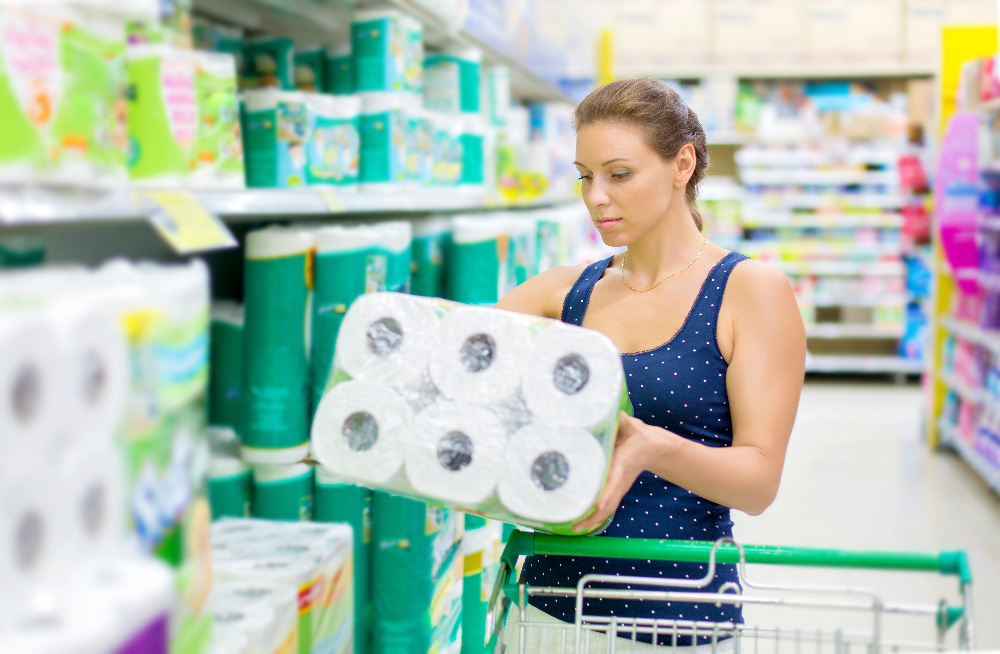
Why not make toilet paper with recycled paper?
Recycled paper loses its strength and softness through the process of being used and recycled. It is not ideal to be used on its own for toilet paper, explains John Considine, a Materials Research Engineer with the U.S. Department of Agriculture’s Forest Products Laboratory. Instead, “virgin” wood is preferred to give toilet paper the soft, plush qualities we expect. (Virgin wood refers to any freshly-cut tree as opposed to wood materials that have been used and re-used).
“Once a fiber is dried, it’s irreversibly changed,” Considine explains. “The more times it’s dried [to make a product] the shorter the fiber becomes, making it less and less soft and less and less absorbent.”
Why do we need trees for cardboard?
For the same reason, virgin wood has to be used for the strong outside layers of corrugated cardboard packaging. The inside layers can be made from less-sturdy, recycled cardboard. But the rigidity of the outside requires pulp from wood that hasn’t been used before.
Just how important is cardboard? It’s a critical tool used all over the world. Considine says an incredible 90 percent of all the world’s manufactured goods are delivered in corrugated cardboard packaging, a product made from trees.
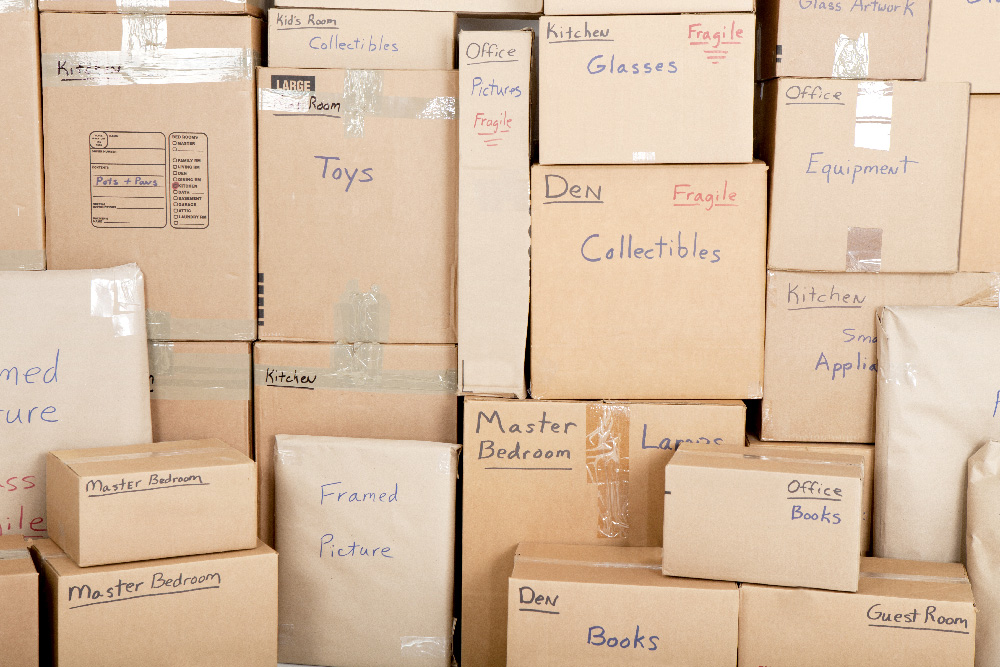
Just think about the packaging your food, medicine and toiletries come in. Think of all those Amazon boxes delivered to your door, and the boxed items you buy in the store.
How are paper products made on a mass scale? It starts with trees, which are made into wood chips and then processed into a material called pulp. Then the pulp is transformed into all kinds of products, as shown in this video by the Idaho Forest Products Commission that takes you behind the scenes in a paperboard mill:
And consumers don’t see the packaging needed to safely bring merchandise to the stores. They’re typically packaged in extremely strong cardboard containers to ensure they don’t get damaged enroute. Truckloads of pallets of boxed goods are delivered daily to the stores where we shop. (Incidentally, the pallets used to load and unload goods also come from the forest industry).
More Paper Products You Use Every Day
Did you know the average American uses more than 450 lbs. of paper products every year? With the rise of the internet and ebook readers, it seems impossible that we could use that much paper. But think about these ways paper products are a part of your day:
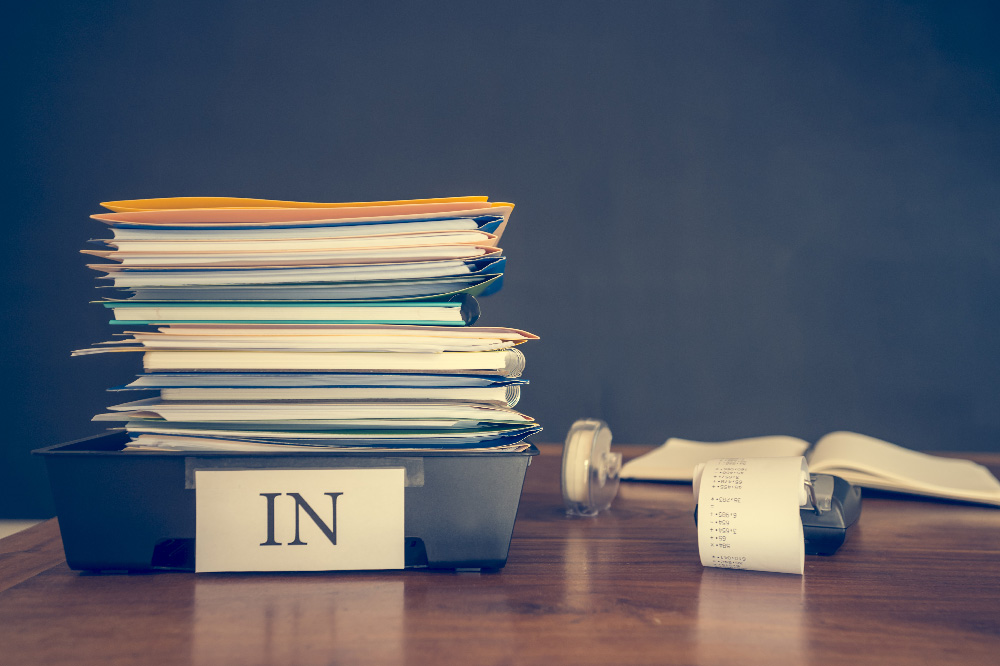
- At the office: Printing paper, calendars, planners, sticky notes, brochures, envelopes, stationery and receipts
- In the bathroom: In addition to toilet paper, paper towels and facial tissues
- At school: Notebooks, loose leaf paper, cardboard folders, index cards and books
- For special occasions: Tickets, event posters, photo paper, wrapping paper, tissue paper, cards and gift boxes
- Reading off screen: Books, newspapers and magazines
- In the kitchen: Wax paper, parchment paper, paper plates and cups, food packaging, napkins and paper bags
This video by paper producer Stora Enso shows some of the many ways paper may be a part of your day:
Could most paper products be made with hemp or cotton instead?
While plants like hemp and cotton have an important role in manufacturing, too, trees are a natural resource that cannot be replicated.
“Alternative sources could never do economically what wood does. It is the densest cellulose resource we know of on earth,” Considine says. “All other resources would require a tremendous expense in transportation costs.”
For example, he explains, if a paper mill required 100 tons per-day of wood in order to operate efficiently, that could be reasonably supplied by the forestry industry. “It would be impossible to get that much hemp or cotton or flax. The density just isn’t there,” he says.
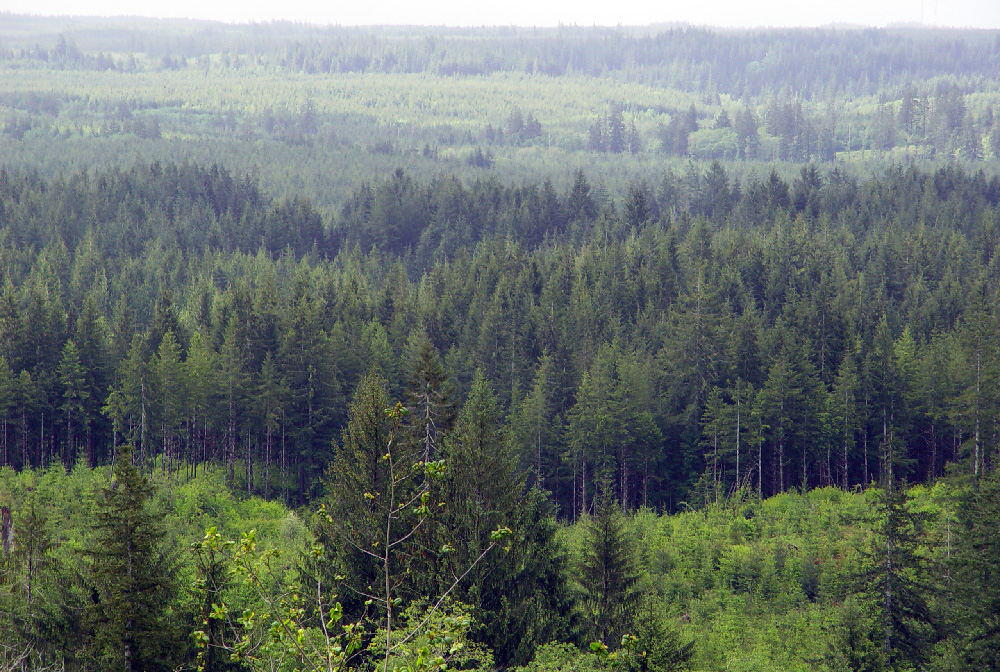
Here are a few more reasons trees can’t be replaced by alternative crops:
- Grow in large volumes in many locations: Trees, and particularly conifers, are resilient: they can grow in many different climates and conditions all across the United States and the world. And they can grow 70 feet tall and higher! Nothing else has been found that can grow at the same volume as trees.
- Less environmental impact: Even if an alternative crop could grow as much volume as commercial forests provide, the amount of work it would take would be bad for the environment. Here’s why: a tree is planted and left to grow for 25, 30 or even 40 years with only a few treatments (such as fertilization) throughout its lifetime. Hemp crops, on the other hand, would require equipment to plant, fertilize, and harvest multiple times per-year. And crop rotations would be needed to replenish the soil.
- Habitat for diverse ecosystems: While the trees grow, they provide a habitat for wildlife and plants that couldn’t survive anywhere else. More than 75% of the world’s plants, animals and insects live in forests!
- Protect water quality: Forests are essential to water quality, with more than half of America’s water supply originating in forests and a third in private working forests. You can learn more about the important role forests play in water quality in our story, Working Forests Protect Water Quality Across the U.S.

Will we run out of trees?
It’s a sensible question: could we run out of trees with such a high demand for paper products? Not if the products’ manufacturers use certified sustainable forestry companies like Rayonier. Our certifications ensure that our trees are spread across a variety of “age classes.” That way we’ll always be ready to meet demands without diminishing supplies.
We voluntarily undergo a rigorous process to qualify for these third party certifications, which are the highest standard in forestry sustainability. These organizations also ensure that forest owners protect the environment in all of our forests, maintain wildlife habitat by limiting the amount we harvest in any given area, and never harvest more trees than we can continue to grow.
In the U.S., our timberlands are certified by: the Sustainable Forestry Initiative® (“SFI”) and in New Zealand, by the Forest Stewardship Council® (“FSC”) and Programme for the Endorsement of Forest Certification™ (“PEFC”).
Check any paper or cardboard product nearby. You’ll likely see the logo of one of these organizations, confirming the wood for the product was sustainably sourced.
A “Wealth” of forests
With careful practices like these in place, it’s no wonder the United States is wealthy with forests. According to the USDA, the nation has 823 million acres of forests and woodlands, which encompasses 1 trillion cubic feet of wood volume! That’s why America is one of the top five nations in the world when it comes to forest cover.
The U.S. has more trees today than it did 100 years ago. Why? In large part, it’s thanks to private forestry companies that replant trees. Many of these companies, including Rayonier, invest in research to grow healthier, stronger trees than ever before. According to the National Alliance of Forest Owners (NAFO), private forest owners in the U.S. grow 43 percent more wood than we cut. And the USDA reports that only 2 percent of our nation’s forest land is harvested per-year.
That means we’re not only thinking about what we’ll need today, but what our children and grandchildren will need from the forest and paper products industry tomorrow.
This is the second installment of our series, #ItStartsWithTrees. To learn more about the thousands of products made from trees, read the first article, Why Trees are In So Many Medical Products. It explains why trees are needed for medicines, hygiene products, eyeglasses frames, and many other surprising everyday items.



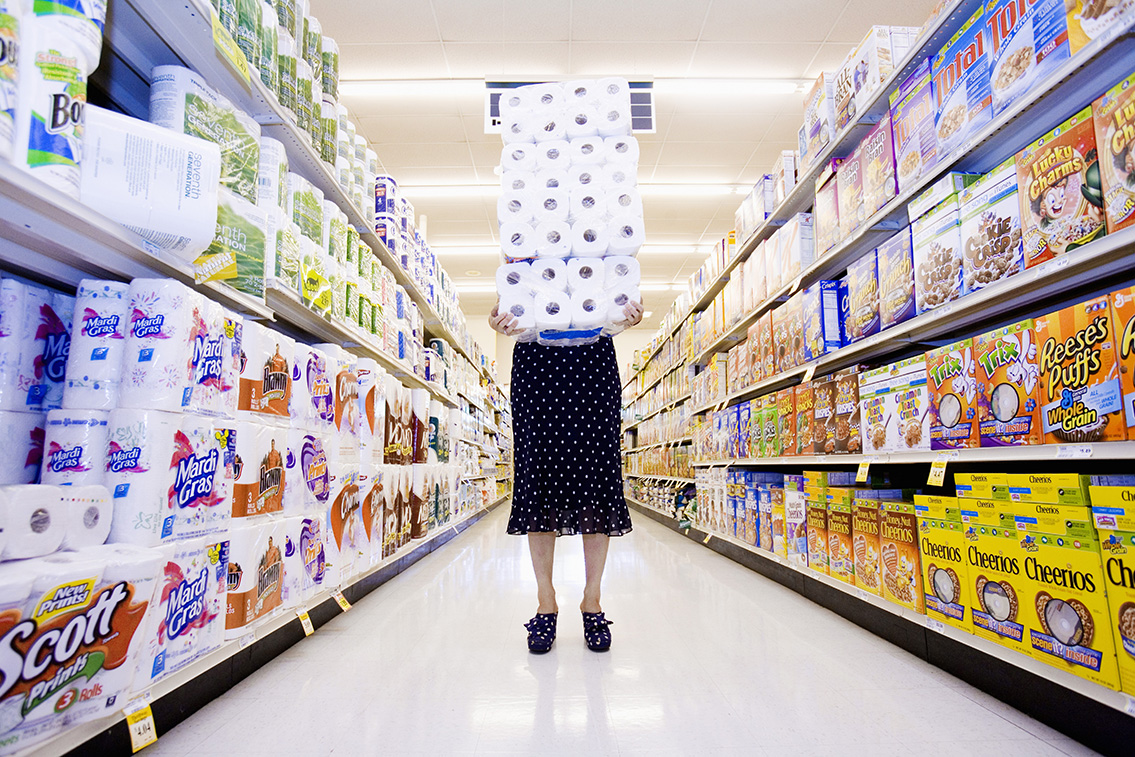


Leave a Comment